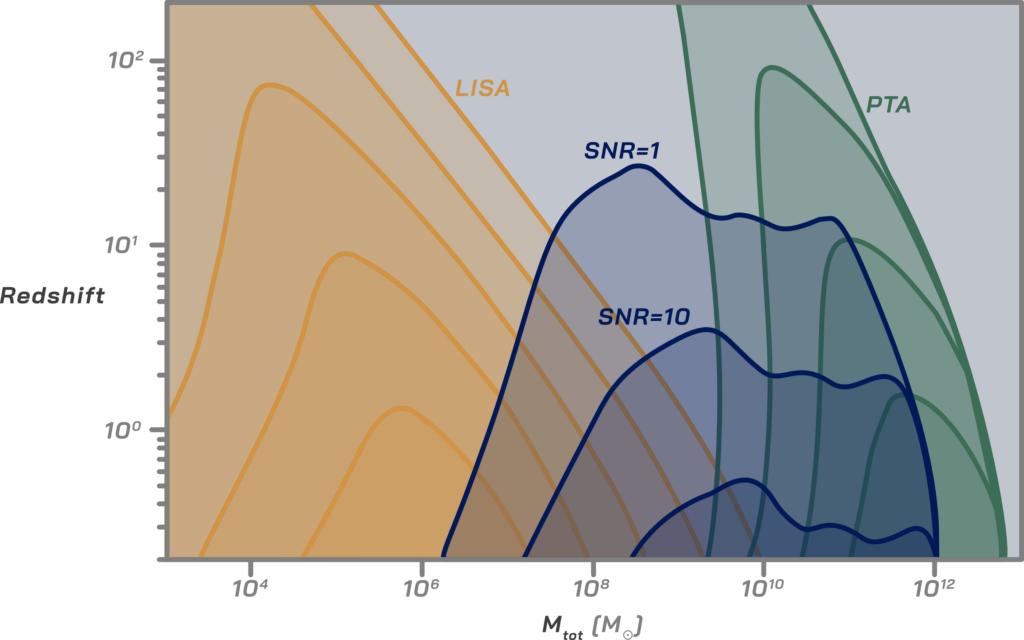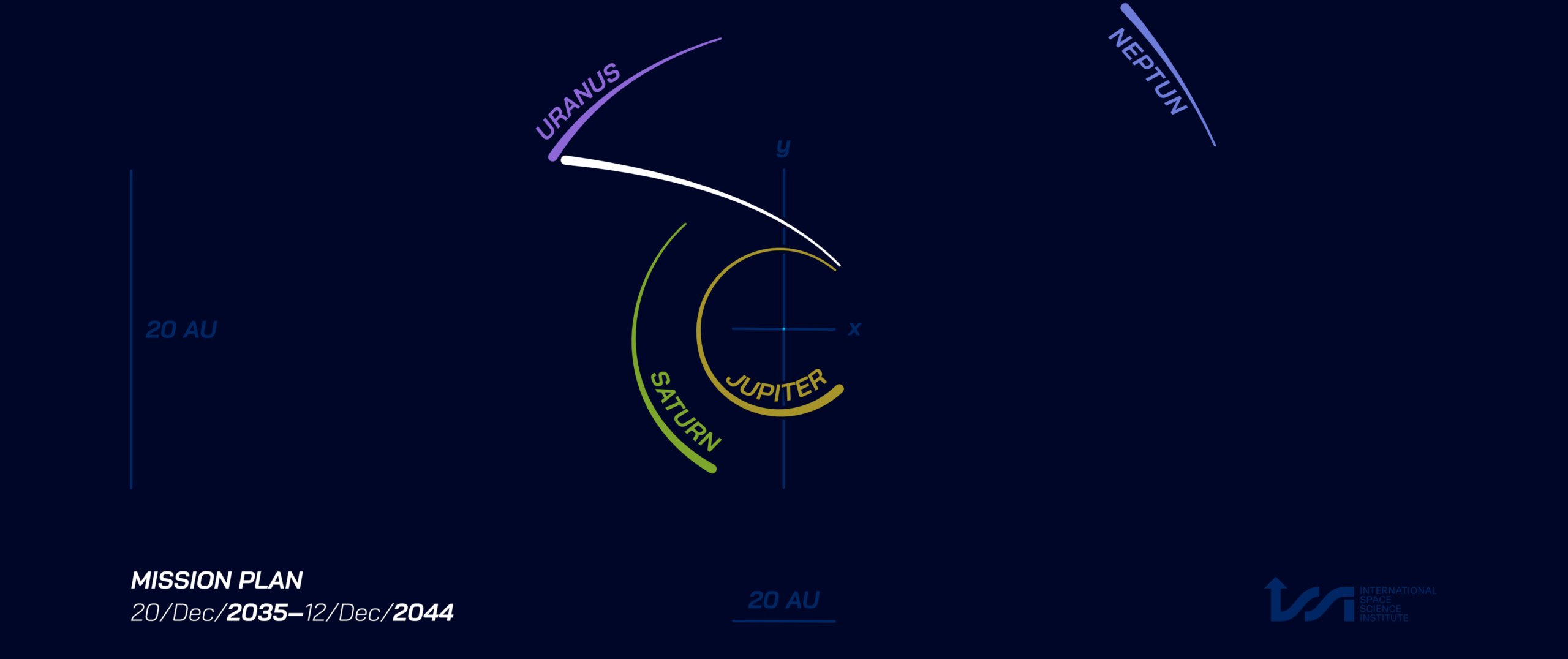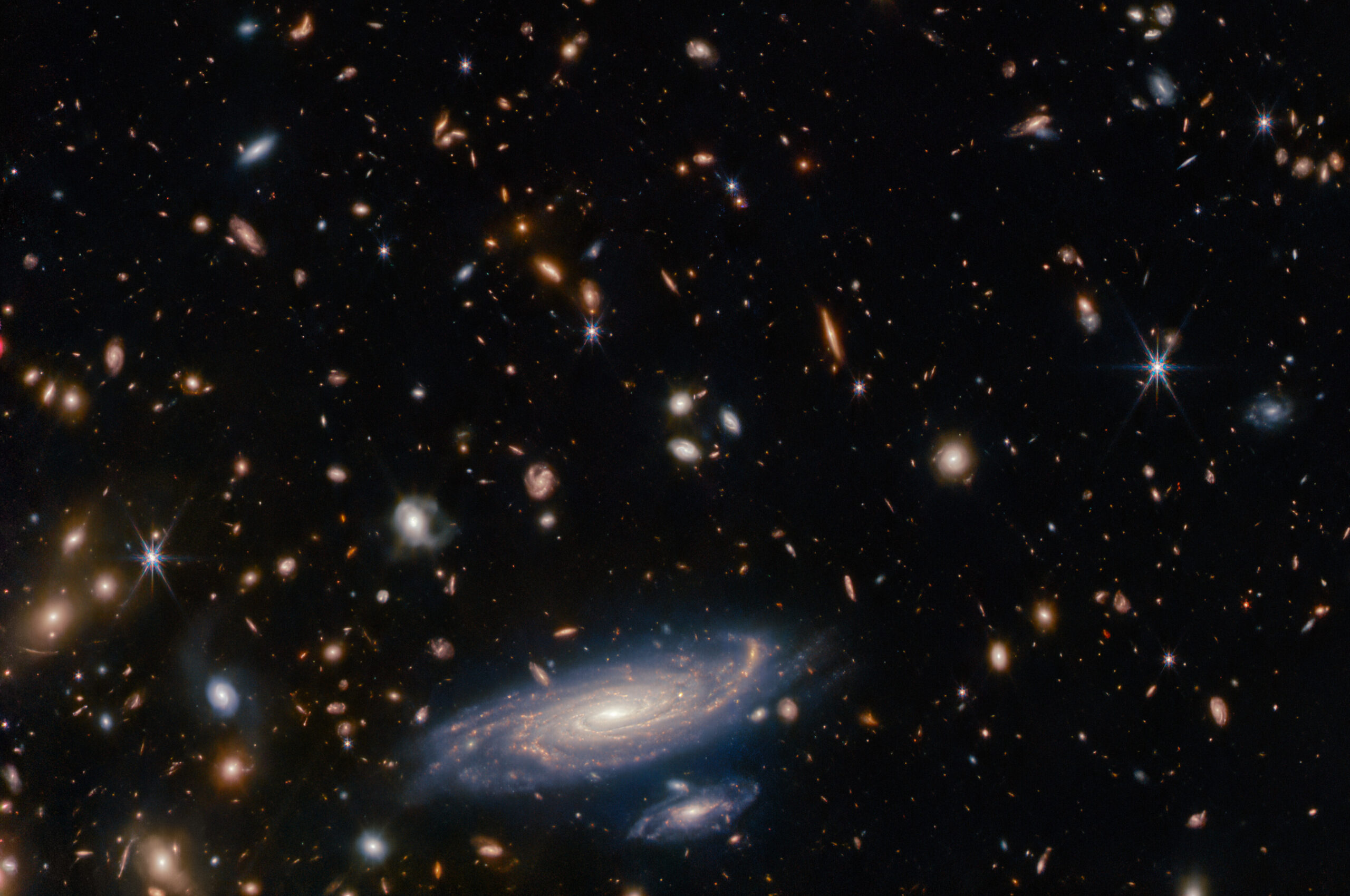The team held two productive meetings, culminating in the development of new scientific benchmarks and the research paper: “Bridging the Micro-Hz Gravitational Wave Gap via Doppler Tracking with the Uranus Orbiter and Probe Mission” (Zwick et al., 2024), now under revision. The team presents groundbreaking findings, including:
- Sensitivity Mapping:
– The team calculated the Uranus Orbiter and Probe’s expected sensitivity to gravitational waves, dark matter, and early-universe signals under various mission scenarios.
– They identified areas for technological and methodological improvement to enhance detection capabilities.
- Astrophysical Event Rates:
– The researchers estimated event rates for phenomena such as micro-hertz gravitational wave transients and interactions with ultra-light dark matter.
- Topical Relevance:
– This research aligned perfectly with recent discoveries, such as the detection of a nanohertz gravitational wave background, highlighting the timeliness of investigating micro-hertz transients.
- Emergent Ideas:
– During discussions, the team uncovered potential for deep-space missions to support experiments in quantum entanglement, opening exciting new avenues for exploration.
Notably, the team also predicts the possibility to detect massive black hole binaries in a regime bridging the parameter space covered by LISA and pulsar timing arrays (PTAs).

Contours of signal-to-noise for in-spiraling massive black hole binaries as detectable by LISA (left), the Uranus probe (middle), and the Pulsar Timing Arrays (PTA, right). Tracking the Uranus orbiter probe could allow detection of massive black hole binaries in the gap between the two existing GW detector designs (LISA and PTAs).



